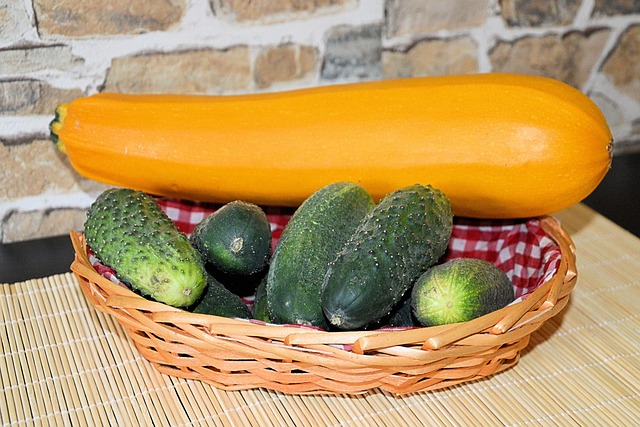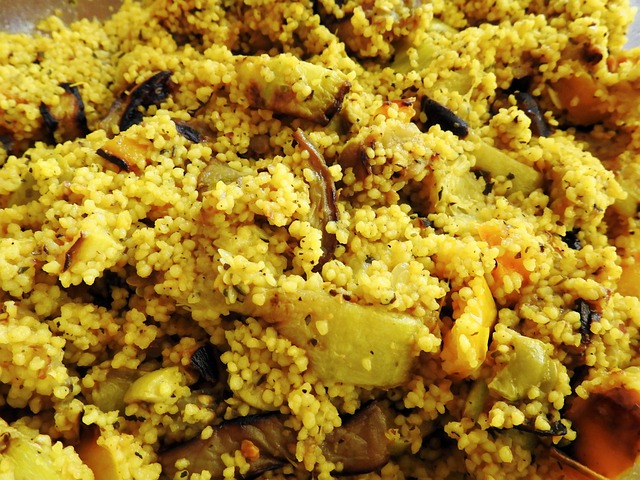
Pickling as a Fun Hobby for Weekend Relaxation
When the calendar marks a Friday evening and the bustle of the week starts to fade, many of us crave a calm yet engaging way to unwind. Instead of scrolling endlessly through feeds or diving into the next binge‑watch, consider a kitchen ritual that marries creativity with sensory pleasure: pickling. This humble practice of preserving vegetables, fruits, or even proteins in brine or vinegar offers a comforting rhythm that can transform a quiet weekend into a flavorful adventure.
Why Pickling Feels Like a Breather
The act of preparing pickles is inherently meditative. Measuring salt, whisking vinegar, slicing cucumbers, and arranging jars into a neat stack all demand mindful attention. By focusing on the texture of the produce, the precise temperature of the brine, and the subtle changes in color, you anchor yourself in the present moment. This sensory grounding is akin to deep breathing exercises, letting the mind drift away from the day’s stresses.
Moreover, the process is forgiving. Mistakes—too salty, too sour, or unevenly sliced—can be corrected with a pinch of sugar or a fresh batch of brine. The fact that the final product can be enjoyed immediately or stored for weeks offers both instant gratification and a longer‑term reward, making pickling a versatile source of joy.
Essential Tools for a Beginner’s Kit
Before you embark on your pickling journey, gather a few simple items that will make the experience smoother.
- A sturdy cutting board to keep your knives sharp and your workspace safe.
- A high‑quality jar set with airtight lids; glass jars are preferred for their durability.
- A measuring cup and spoons for accurate ingredient ratios.
- A small saucepan or pot for boiling the brine and a cooling rack for letting jars rest.
- Optional: a jar lifter or a clean towel to handle hot jars safely.
With these basics, you’re ready to explore the flavors that pickling can unlock.
Classic Pickling Recipes to Start With
Beginner picklers often gravitate toward tried‑and‑true recipes that showcase the technique without overwhelming complexity. Below are two staples that pair perfectly with a leisurely weekend.
-
Traditional Bread & Butter Pickles
Slice cucumbers into rounds or sticks. In a pot, combine equal parts vinegar and water, add sugar, salt, dill, garlic, and a pinch of mustard seeds. Bring to a boil, then pour over the cucumber pieces placed in sterilized jars. Seal and refrigerate for at least 24 hours before tasting.
-
Sweet & Tangy Carrot Sticks
Cut carrots into thin sticks. Create a brine with vinegar, water, brown sugar, salt, and a few peppercorns. Boil the mixture, pour over the carrots, and allow them to cool. Add a bay leaf or a cinnamon stick for subtle warmth, seal the jars, and let them sit for a week to develop depth.
These recipes not only highlight the harmony of sweet and sour but also introduce the essential components of a good pickling batch.
Experimenting with Flavors: Beyond the Basics
Once you’ve mastered the fundamentals, the horizon opens to a world of aromatic possibilities. By tweaking spices, choosing different fruits or vegetables, or adding unexpected ingredients, you can create pickles that reflect your personal taste palette.
- Spicy Kimchi: Add Korean chili flakes, shredded cabbage, and carrots for a fermented kick.
- Herb‑Infused Olives: Combine garlic, rosemary, and lemon zest with brine to give olives an extra layer of brightness.
- Apple & Onion Relish: Slice apples thinly, mix with onions, vinegar, and a touch of brown sugar for a crisp side dish.
Experimentation becomes a playful laboratory, where each jar is a new experiment that rewards patience with unique flavors.
The Science Behind Pickling: A Quick Primer
Understanding why pickling works not only satisfies curiosity but also empowers you to troubleshoot issues confidently. At its core, pickling relies on acidity and the inhibitory effect of salt on microbial growth.
When you heat a vinegar solution, the high acid concentration prevents bacteria and molds from thriving. Salt further draws out moisture from produce, creating an environment hostile to spoilage organisms. This dual action preserves texture and flavor while ensuring safety.
Beyond safety, the aging process allows enzymes in the food to break down cell walls, making the texture softer and the flavors richer. The longer the pickles sit, the more pronounced this transformation becomes.
Common Pitfalls and How to Avoid Them
Even seasoned picklers encounter hiccups. Here are frequent mistakes and simple fixes.
- Too Salty: If a jar tastes overwhelmingly briny, dilute the brine with a little water and reheat before reinserting the pickles.
- Sloppy Texture: Over‑slicing vegetables can cause them to soften too quickly. Aim for uniform thickness to maintain crunch.
- Cloudy Brine: This often indicates a temperature drop that encourages yeast growth. Reheat the brine, discard, and start fresh.
- Improper Sealing: If the lid doesn’t seal tight, pickles may spoil faster. Ensure lids are clean and the glass is free of cracks.
Mindful attention to these details can transform a near‑miss into a perfectly preserved batch.
Pickling as a Social Hobby
While pickling is often seen as a solitary kitchen pastime, it can also serve as a catalyst for connection. Organize a “pickle‑swap” evening with friends: each person brings their favorite jar and shares the story behind it. The exchange encourages storytelling, culinary experimentation, and communal enjoyment.
Alternatively, host a small workshop at a local community center or a neighbor’s kitchen. Guide newcomers through the basics, from measuring ingredients to the art of jar decoration. The sense of accomplishment that follows each participant’s successful batch fosters camaraderie and a shared sense of mastery.
Creative Ways to Store and Present Pickles
Beyond the utilitarian purpose of preservation, pickles can be artistic canvases. Experiment with jar labels, decorative seals, or personalized glass jars to add a touch of flair.
- Use wax paper and a corkboard to create a vintage display.
- Engrave glass jars with a laser cutter for a modern aesthetic.
- Combine different pickles in a layered terrarium to showcase texture and color variations.
These presentation techniques elevate pickling from mere preservation to a creative display of culinary artistry.
Seasonal Pickling: Making the Most of Fresh Produce
Adapting pickling projects to seasonal bounty ensures that you always have access to fresh, flavorful ingredients. Spring offers tender asparagus, bright radishes, and crisp bell peppers; summer delivers juicy tomatoes and zucchini; autumn presents earthy mushrooms and hearty squash; winter provides robust root vegetables like carrots, parsnips, and turnips.
By aligning your pickling menu with seasonal produce, you not only support local growers but also keep your palate excited with ever‑changing flavors.
Balancing Tradition and Innovation
While honoring classic pickling traditions provides a stable foundation, infusing modern techniques—such as using a slow cooker for a low‑temperature brine or adding exotic spices—keeps the hobby dynamic. Consider pairing a traditional cucumber pickle with a modern twist: add a splash of soy sauce for umami or finish with a drizzle of aged balsamic for depth.
This blend of old and new encourages continual learning and keeps the weekend activity fresh and engaging.
Conclusion: A Pickle‑Filled Path to Relaxation
Pickling, at its heart, is a celebration of transformation—turning ordinary produce into vibrant, shelf‑stable treasures. The deliberate steps of measuring, boiling, and sealing ground you in the present, while the anticipation of tasting the finished product provides a tangible reward for your patience. Whether you pursue classic flavors or daring experimental blends, pickling offers a gentle yet satisfying rhythm that can become a cornerstone of weekend relaxation.
So, this Friday, set aside a few hours, gather your favorite vegetables, and let the humble act of pickling guide you into a calm, flavorful interlude. The jars will fill with flavor, and your mind will fill with peace.


